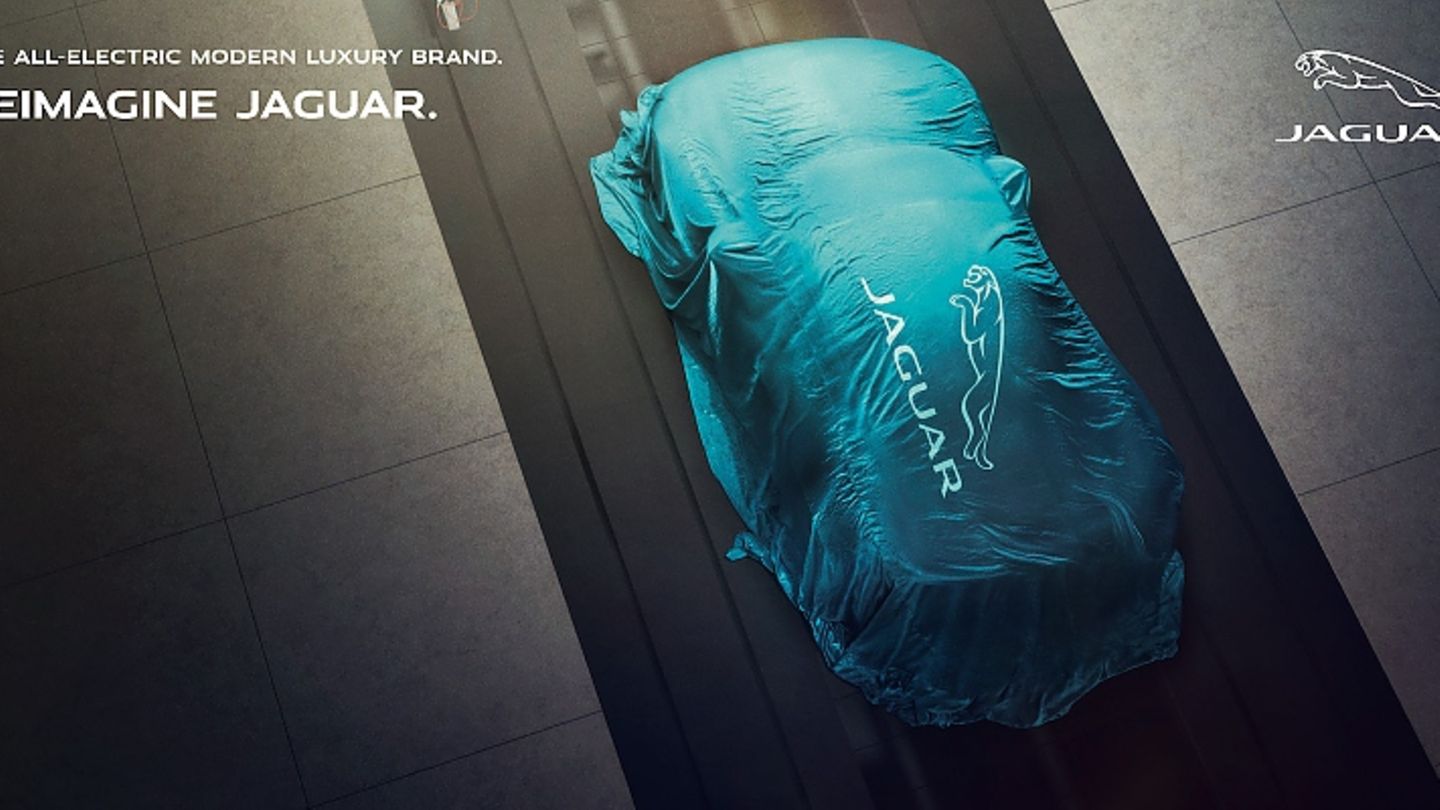Like most other manufacturers, Jaguar will switch completely to electric drives in the coming years. Almost everything revolves around the new electric platform Panthera, which hardly anyone knows about.
Those responsible at Jaguar Land Rover are still keeping a big secret about the Panthera platform, and not just in terms of development. So far it is only known that this should be called Panthera and, contrary to what was assumed for a long time, is now being developed in-house. This is exactly what many had previously doubted, because compared to the other premium manufacturers, the financial situation of Jaguar Land Rover and especially the sedan and sports car offshoot Jaguar is not the best. But the cooperation talks with various manufacturers and suppliers about the use of their platform were unsuccessful in 2020/2021. That’s why the British are putting their hands on the platform of the future, despite the comparatively manageable quantities.
With the i-Pace, Jaguar is currently offering an electric crossover from the very beginning, but it can hardly stand out against the international competition and their emerging flood of electric vehicles, and the i-Pace also plays a subordinate role in its own portfolio. In itself, an electric successor to the XJ luxury sedan should start as early as 2020, but the project, which is already well advanced, was initially postponed again and again and finally buried in 2021. In this respect, it is a matter of promptly replacing the five series E-Pace, F-Pace, XE, XF and the F-Type as roadsters and coupés currently in the portfolio. It won’t be easy, because Jaguar wants to offer only electric models from 2025. The i-Pace produced by Magna Steyr in Austria will continue to run for some time, but new models are needed soon in order not to completely lose touch with Audi, BMW, Mercedes, Porsche, Tesla or even Volvo.
The pressure is correspondingly high for the models on the future Panthera platform to be a success, because the owner of Jaguar Land Rover, Tata Motors with the superordinate Tata group, has repeatedly been less than pleased with the sales developments of the Jaguar Land Rover over the past two years British field office shown. Jaguar, in recent years clearly in the shadow of the other premium manufacturers and even the sister brand Land Rover, is to position itself clearly upwards through the electric push and switch from the premium to the more profitable luxury camp in order to compete a class higher. This would happen in lockstep with the German premium manufacturers, because they also want to push their large model series upwards in order to change customer desires and realize corresponding income.
Jaguar customers who switched from combustion to an electric model like the i-Pace are happy with their choice. A survey of German customers should also be representative of other European countries. 85 percent of those surveyed are therefore satisfied with their electrified vehicle. Two-thirds would recommend their relatives or friends to switch to an electric car, whether as a plug-in hybrid or as an all-electric car; among drivers of electrified vehicles from Jaguar and Land Rover, the figure is even 80 percent, and 75 percent of Germans would decide to buy an e-car again. The response is particularly strong among the younger generation: Satisfaction with electrified vehicles is particularly high in the 30 to 39 age group. Here, 79 percent would advise an electrified vehicle and a full 94 percent would buy one again. However, the switch will probably be difficult for many customers, because after all the powerful V8 engines of the sports versions were very popular with the British car manufacturer. From 2025, however, these engines will only be available from the other half of the brand, Land Rover, whose new engines were no longer developed in-house but are purchased from BMW.
Exactly this purchase did not work out in the search for a suitable electric platform. One reason is likely to be the special demands of Jaguar Land Rover under brand CEO Thierry Bolloré, because at best all future Jaguar models should be able to be created on one platform in order to keep costs within limits. So it’s no secret that the in-house Panthera platform will be scalable, meaning that not only can different body structures be implemented, but also variable wheelbases and track widths. As with the competition, there will be either rear-wheel or all-wheel drive and the flexible battery pack between the axles not only ensures the necessary range, but also rigidity for safety, comfort and driving pleasure in the upcoming Jaguar models.
“Jaguar Land Rover is unique in the global automotive industry. The designers of unparalleled models, an unmatched understanding of customers’ future luxury needs, an emotional brand equity, a British spirit and unmatched access to leading global players in technology and sustainability within Tata Group,” says CEO Thierry Bolloré, “we are harnessing these ingredients today to redesign the company, the two brands and the customer experience of tomorrow. The Reimagine strategy allows us to amplify this uniqueness and celebrate how never before.” Not an easy task for the engineers and the implementation of their own platform, which starts from scratch.
Source: Stern
I am a 24-year-old writer and journalist who has been working in the news industry for the past two years. I write primarily about market news, so if you’re looking for insights into what’s going on in the stock market or economic indicators, you’ve come to the right place. I also dabble in writing articles on lifestyle trends and pop culture news.




